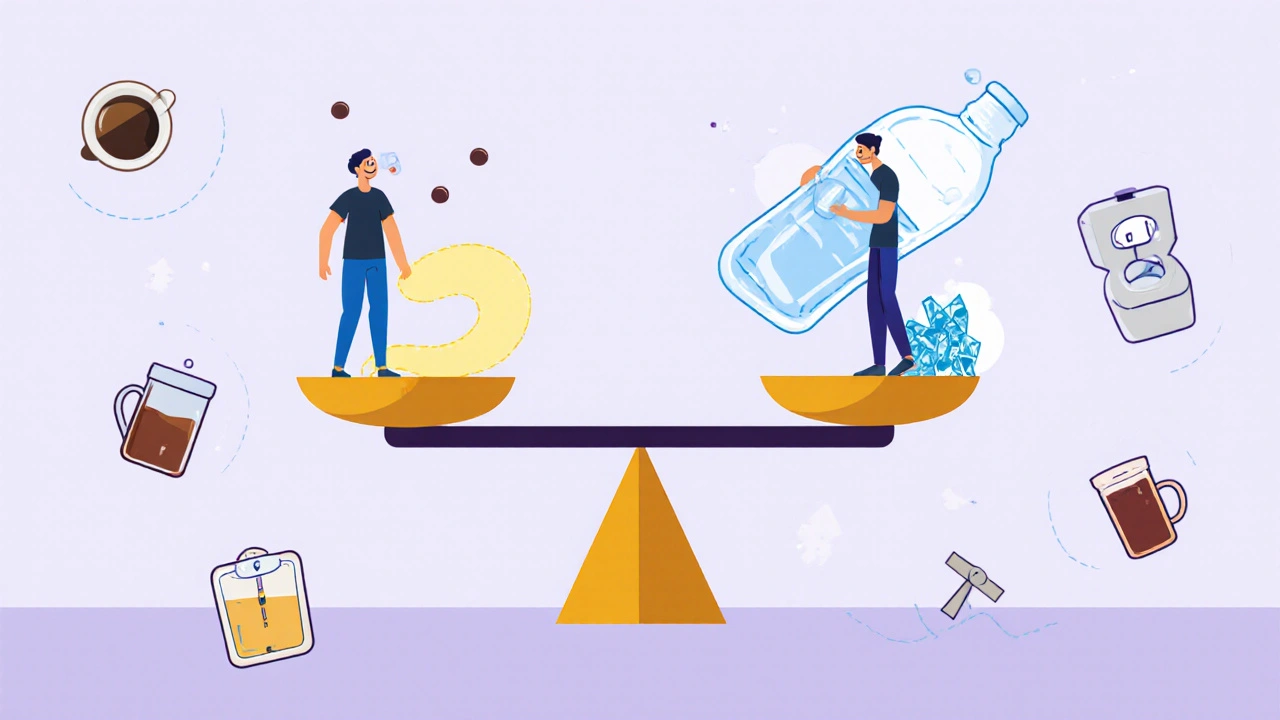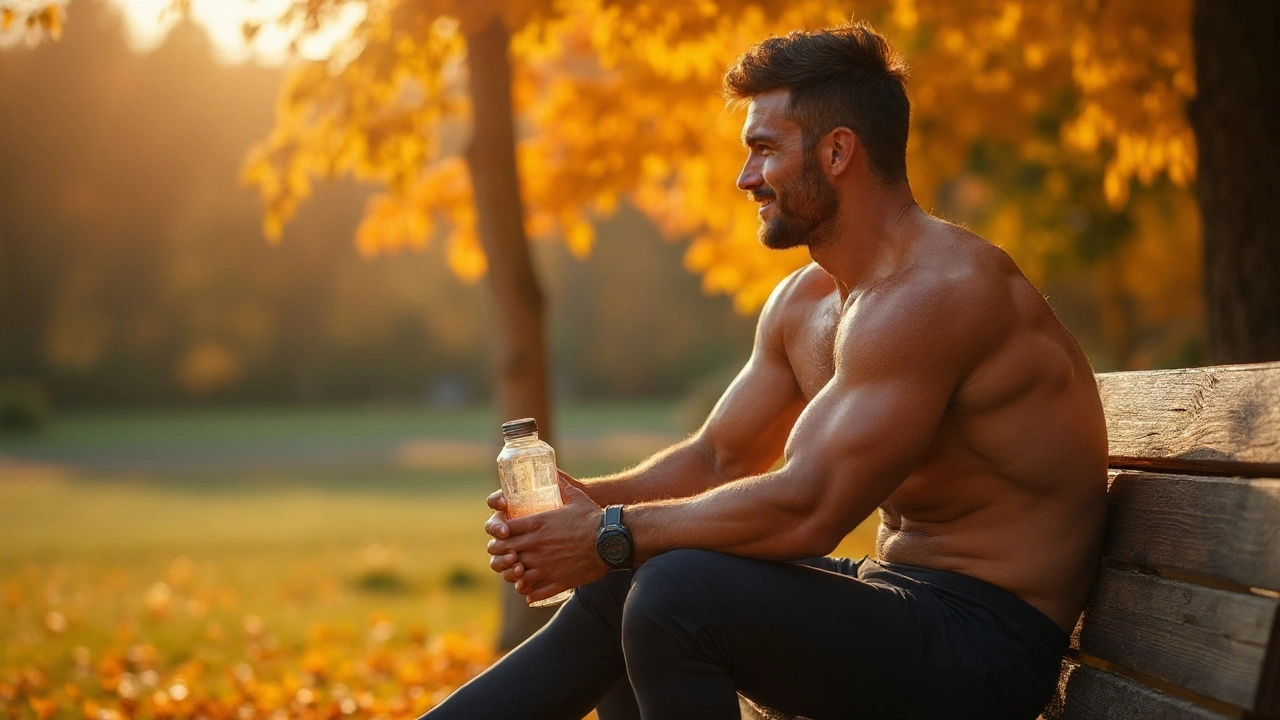Electrolyte Balance Made Easy: What You Need to Know
Ever felt dizzy after a workout or after a night out? Chances are your electrolytes are out of whack. Electrolytes are tiny minerals—like sodium, potassium, calcium, and magnesium—that help muscles contract, nerves fire, and fluids stay where they belong. Keeping them balanced is easier than you think, and you don’t need a chemistry degree to do it.
Quick Signs Your Electrolytes Are Off
When electrolytes dip or surge, your body sends clear signals. Muscle cramps, fatigue, headache, or a salty taste in your mouth are common clues. If you notice rapid heartbeats, nausea, or confusion, those are red‑flag symptoms that need attention fast. Spotting these early can save you a trip to the ER.
Food & Drink Hacks for a Healthy Balance
Grab a banana for potassium, a handful of almonds for magnesium, and a glass of milk for calcium. salty soups or a pinch of sea salt in water can boost sodium when you’ve sweated a lot. Coconut water is a natural electrolyte drink—just watch the added sugars. If you prefer a quick fix, a balanced sports drink with low sugar works well for long runs or intense gym sessions.
Don’t forget the basics: drink water throughout the day, especially before, during, and after exercise. Aim for about 2‑3 liters a day, more if you’re hot or active. Pair water with a snack that contains a mix of minerals to avoid diluting your electrolytes too much.
For people on low‑sodium diets, check labels on processed foods. Many contain hidden salts that can tip the balance. If you’re on a medication that affects kidney function, talk to your doctor about regular electrolyte checks. Simple blood tests can spot issues before they become serious.
Supplements are an option, but they’re not a cure‑all. A solid multivitamin with magnesium and potassium can fill gaps, but it’s better to get most minerals from real foods. Over‑supplementing, especially with potassium, can be dangerous and cause heart rhythm problems.
Travelers, listen up: high altitudes and hot climates drain electrolytes faster. Pack electrolyte tablets or a small bottle of sports drink. A quick dissolvable packet in your water can keep you steady on a mountain hike or a beach day.
Kids and seniors need extra attention. Little ones lose electrolytes through vomiting or diarrhea, while older adults often have reduced thirst. Offer them flavored water with a splash of orange juice or an electrolyte‑enhanced beverage to keep them hydrated.
Bottom line: balance isn’t about a single mineral; it’s about the whole team working together. Keep an eye on what you eat, stay hydrated, and listen to your body’s signals. With these simple steps, you’ll keep your electrolytes in line and feel better every day.
Hydration and Diuretics: How to Balance Fluid Intake to Avoid Side Effects
Learn how to balance fluid intake while taking diuretics to avoid dehydration, electrolyte imbalances, and dangerous side effects. Practical tips on hydration, electrolytes, and daily monitoring.
How Nutrition Reduces Muscle Stiffness & Boosts Recovery
Discover how specific nutrients, timing, and hydration strategies cut muscle stiffness and speed up recovery after tough workouts.

